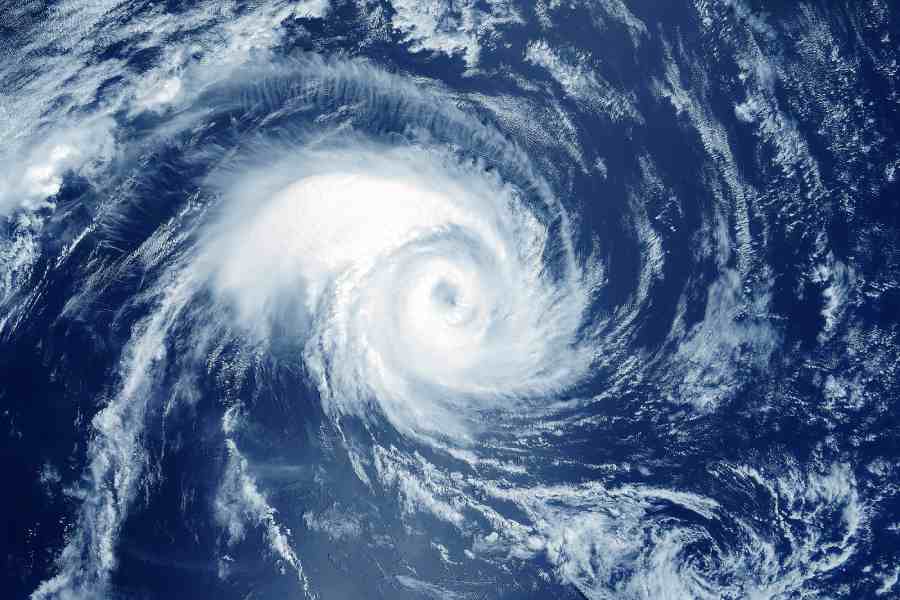Multiyear La Nina events have become more common over the last century, new research published in the journal Nature Climate Change says.
Five out of six La Nina events since 1998 have lasted more than a year, including an unprecedented triple-year event, the study led by the University of Hawai‘i (UH) at Manoa said.
Long-lasting La Ninas could cause persistent climate extremes and devastating weather events, affecting community resilience, tourist industry and agriculture, the researchers said in their study. El Nino and La Nina, the warm and cool phases of a recurring climate pattern across the tropical Pacific, affect weather and ocean conditions around the globe.
"The clustering of multiyear La Nina events is phenomenal given that only ten such events have occurred since 1920," said Bin Wang, lead researcher and atmospheric scientist at UH.
Examining 20 La Nina events from 1920-2022, Wang and team found that three recent multiyear La Nina episodes, those from 2007-08, 2010-11, and 2020-22, did not follow the pattern of occurring after a super or an extreme El Nino, a pattern followed by other long-lasting La Ninas.
They discovered that these events were fuelled by warming in the western Pacific Ocean and steep gradients in sea surface temperature from the western to central Pacific, a finding that was supported by climate simulation studies.
"Warming in the western Pacific triggers the rapid onset and persistence of these events," said Wang.
"Additionally, our study revealed that multiyear La Nina are distinguished from single-year La Nina by a conspicuous onset rate, which foretells its accumulative intensity and climate impacts," said Wang.
Shedding light on the factors conducive to escalating extreme La Nina in a future warming world, the study said that more multiyear La Nina events will exacerbate adverse impacts on communities around the globe, if the western Pacific continued to warm relative to the central Pacific.
"Our perception moves beyond the current notion that links extreme El Nino and La Nina to the eastern Pacific warming and attributes the increasing extreme El Nino and La Nina to different sources," said Wang.
Another study published in Nature journal in late July this year, whilst predicting more multiyear La Nina events under continued global warming, had attributed such events to a quicker warming of the eastern Pacific.
An overall warming of the Pacific, enabling more effective tropical-subtropical interactions, triggers a multiyear La Nina with much more efficiency, the researchers had said.
Their study had projected an increase in the frequency of multiyear La Nina events from 19 per cent in a low emissions scenario to 33 per cent under a high emissions one.
Except for the headline, this story has not been edited by The Telegraph Online staff and has been published from a syndicated feed.










